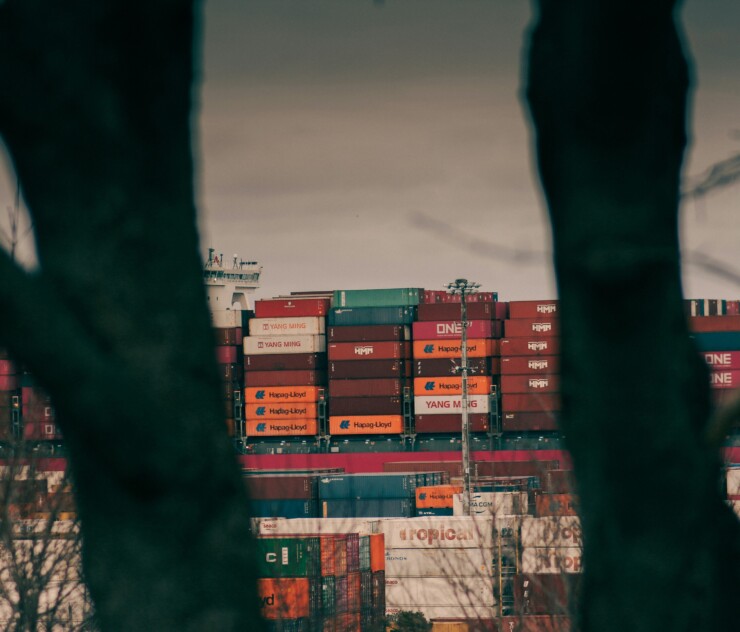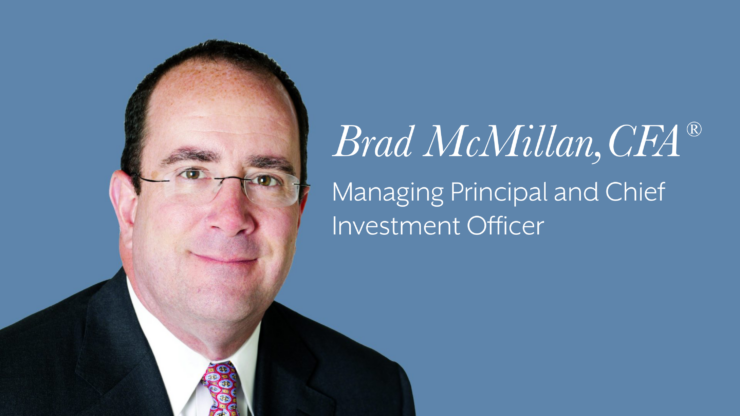Understanding Tariffs: Their Impact on Inflation, Market Returns, and the Risk of Stagflation
April 1, 2025
What Is a Tariff?
Imagine walking into your favorite coffee shop only to find that a cup of imported Colombian coffee now costs significantly more than the locally brewed option. That price hike isn’t just due to fancy packaging; it’s the result of a tariff. Think of a tariff like a toll booth on international goods: when products cross a country’s border, the government charges a fee, making those imported items pricier.
Governments use tariffs for various reasons: protecting local industries, reducing trade deficits, or even as leverage in international trade negotiations. While they may sound like a good strategy to promote local businesses, tariffs can have widespread economic effects—especially for retirees or those nearing retirement, who may see their investment portfolios and cost of living impacted.
How Tariffs Have Historically Affected Inflation and Market Returns
Tariffs can influence the economy in multiple ways, but one of the most notable effects is inflation. By making imported goods more expensive, tariffs drive up costs for consumers. This isn’t just speculation; history has shown us clear examples of how tariffs can fuel inflation.
Inflationary Pressures from Tariffs
When the U.S. imposed steep tariffs on steel and aluminum imports in 2018, businesses relying on these materials saw production costs rise. What happened next? Companies passed those higher costs to consumers, leading to price increases across multiple sectors.
A more dramatic historical example is the Smoot-Hawley Tariff Act of 1930. It raised tariffs on over 20,000 imported goods, worsening the Great Depression by inflating prices and stifling trade. While today’s economy is quite different, the same fundamental economic forces apply—tariffs can lead to higher costs, and those costs will likely get passed down to consumers.
For retirees or near-retirees, inflation can be particularly concerning. Higher prices erode the purchasing power of fixed incomes, making everything from groceries to travel more expensive. If your financial plan isn’t agile and doesn’t account for inflationary pressures from tariffs, you might find your nest egg shrinking faster than expected.
Tariffs and Stock Market Returns
The stock market can react negatively to tariffs, as they introduce uncertainty and disrupt supply chains. Companies that rely on global trade often see profits squeezed when tariffs increase costs. For example, during the U.S.-China trade war in 2018-2019, markets experienced increased volatility, and certain industries, particularly manufacturing and technology, faced steep declines.
That said, some domestic companies may benefit in the short term. If foreign goods become more expensive, local producers can raise their prices without losing competitiveness. However, the broader economic impact of reduced global trade usually outweighs these benefits, leading to weaker long-term market performance.
For retirees, this matters because their portfolios often include equities and bonds that react to economic policies like tariffs. A sudden drop in stock market returns due to trade disputes can have real consequences on retirement income, particularly for those who rely on systematic withdrawals.
Tariffs and the Increased Probability of Stagflation
For economists and investors alike, the fabled “S” word—stagflation—is a worst-case scenario. It’s the economic equivalent of being stuck in quicksand: prices keep rising, but growth grinds to a halt, leaving businesses, workers, and retirees struggling to stay afloat. Unlike typical inflation, where wages and economic activity often keep pace, stagflation creates a vicious cycle where the cost of living soars while job opportunities and investment returns dwindle. It’s a toxic mix that can erode savings, choke economic expansion, and leave policymakers with few good options to fix the mess.
How Tariffs Contribute to Stagflation
- Higher Costs Lead to Inflation – As discussed earlier, tariffs increase prices on imported goods. This inflationary pressure spreads across industries, making everyday items more expensive.
- Slower Economic Growth – Tariffs often trigger retaliatory measures from other countries. When the U.S. places tariffs on Chinese goods, for example, China may respond with its own tariffs on American products. This leads to decreased exports, slowing economic growth.
- Reduced Business Investment – With trade barriers rising and uncertainty looming, businesses become hesitant to invest in expansion. A slowdown in capital investment can lead to fewer jobs and weaker economic growth.
- Stock Market Uncertainty – If the market perceives a growing risk of stagflation, investors may shift their money into safe-haven assets like gold or Treasury bonds, which can drive stock prices lower and negatively impact retirement portfolios. Historically, uncertainty—whether economic, political, or market-driven—has led to declines in stock prices as investors seek stability in less volatile assets.
Stagflation can be particularly devastating for retirees. If inflation erodes purchasing power while market returns remain weak, retirees may struggle to maintain their standard of living without accelerating withdrawals from their portfolio. This can force them to reassess their withdrawal strategies or adjust their asset allocation to protect their savings. Additionally, bonds, often a staple in retirement portfolios, can perform poorly in high-inflation environments, further limiting income options.
What Can Retirees Do to Protect Their Wealth?
While tariffs and their economic consequences are beyond individual control, retirees can take proactive steps to safeguard their financial well-being:
- Diversify Investments – A well-balanced portfolio that includes a mix of stocks, bonds, and alternatives can help cushion against market downturns and inflation spikes.
- Plan for Inflation – Consider working with a financial advisor to ensure your retirement plan accounts for potential cost-of-living increases.
- Monitor Market Trends – Staying informed about economic policies, including tariffs, can help you make strategic financial decisions.
- Maintain Liquidity – Having an adequate emergency fund in cash or cash equivalents can provide flexibility in times of economic uncertainty.
- Adjust Spending Habits – Being mindful of your spending and look for ways to cut back on non-essential expenses, especially when inflation raises the cost of living
Conclusion
Tariffs may seem like an abstract economic policy, but they have real-world consequences, especially for those nearing or in retirement. From increasing inflation to impacting stock market returns and raising the risk of stagflation, tariffs can disrupt financial stability.
By understanding these dynamics and taking proactive financial steps, retirees can better protect their wealth and maintain their lifestyle despite economic uncertainties. If you’re concerned about how trade policies might impact your retirement plan, consider speaking with a financial advisor who can help you navigate these challenges with confidence.
Williams Asset Management and Commonwealth Financial Network® do not provide legal or tax advice. This material has been provided for general informational purposes only and does not constitute either investment or tax advice. Although we go to great lengths to make sure our information is accurate and useful, we recommend you consult a financial advisor or tax preparer. Diversification does not assure a profit or protect against loss in declining markets, and diversification cannot guarantee that any objective or goal will be achieved.


